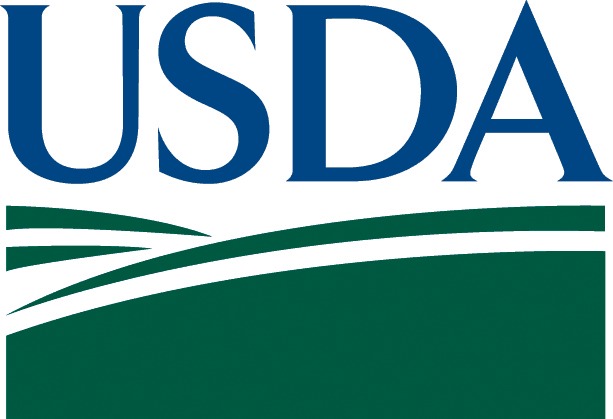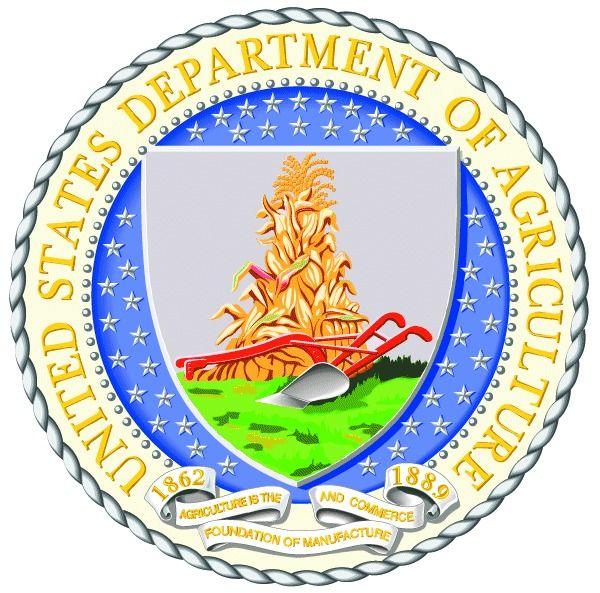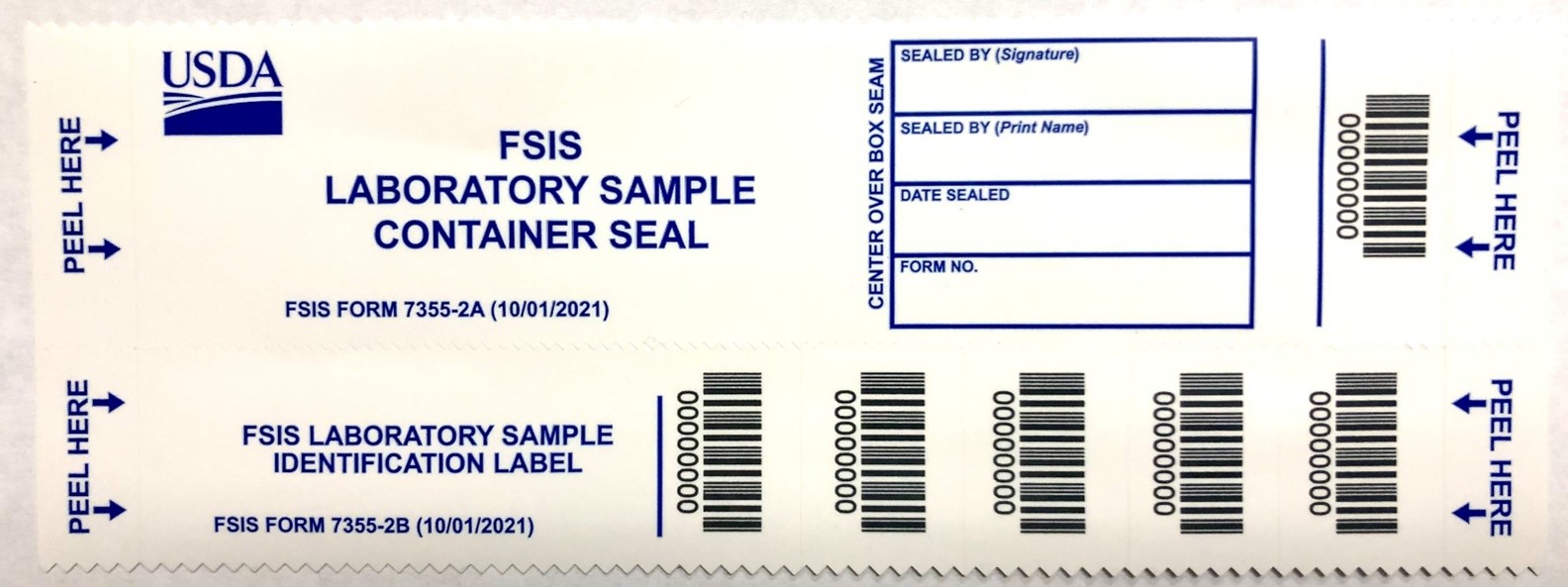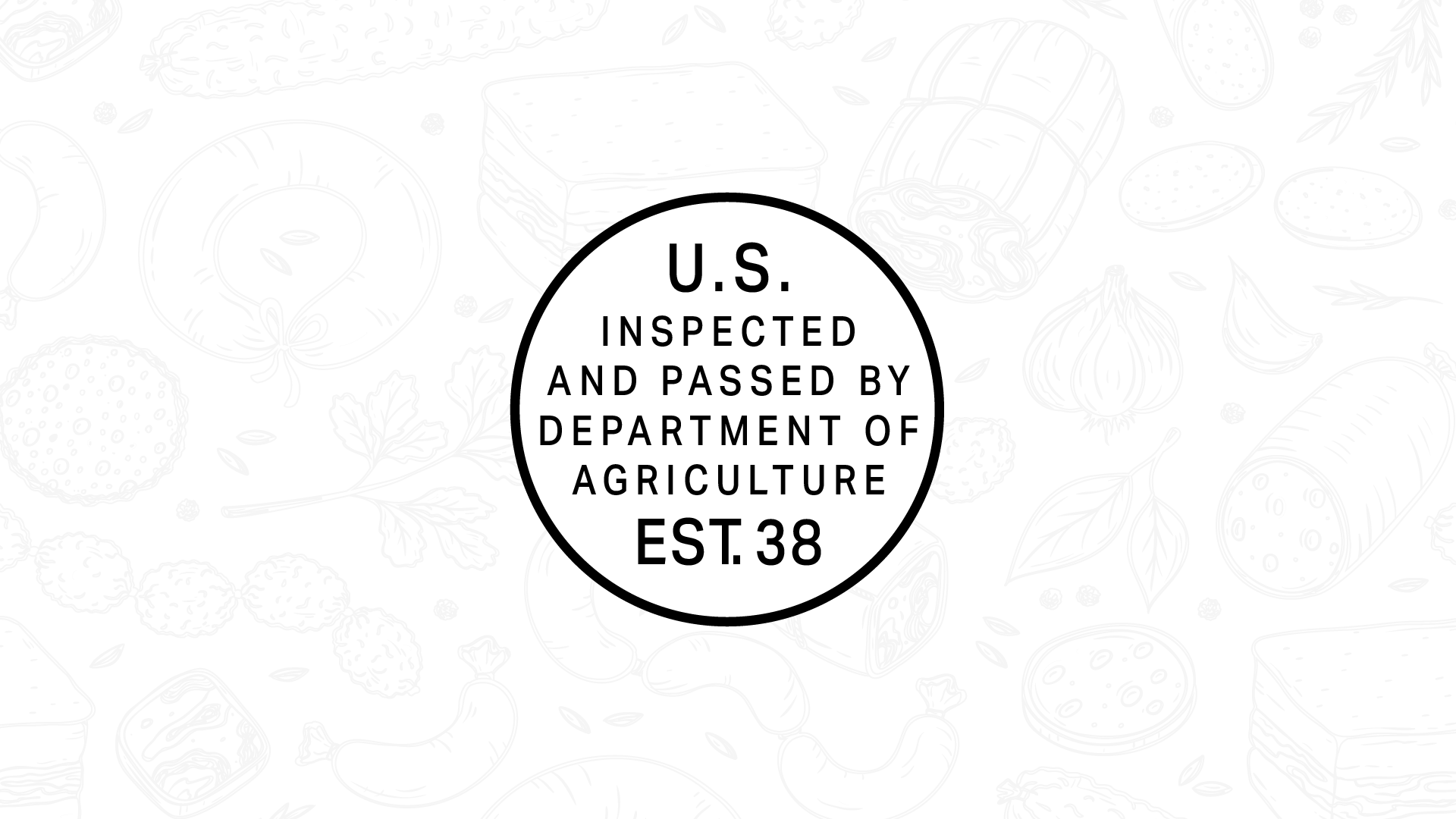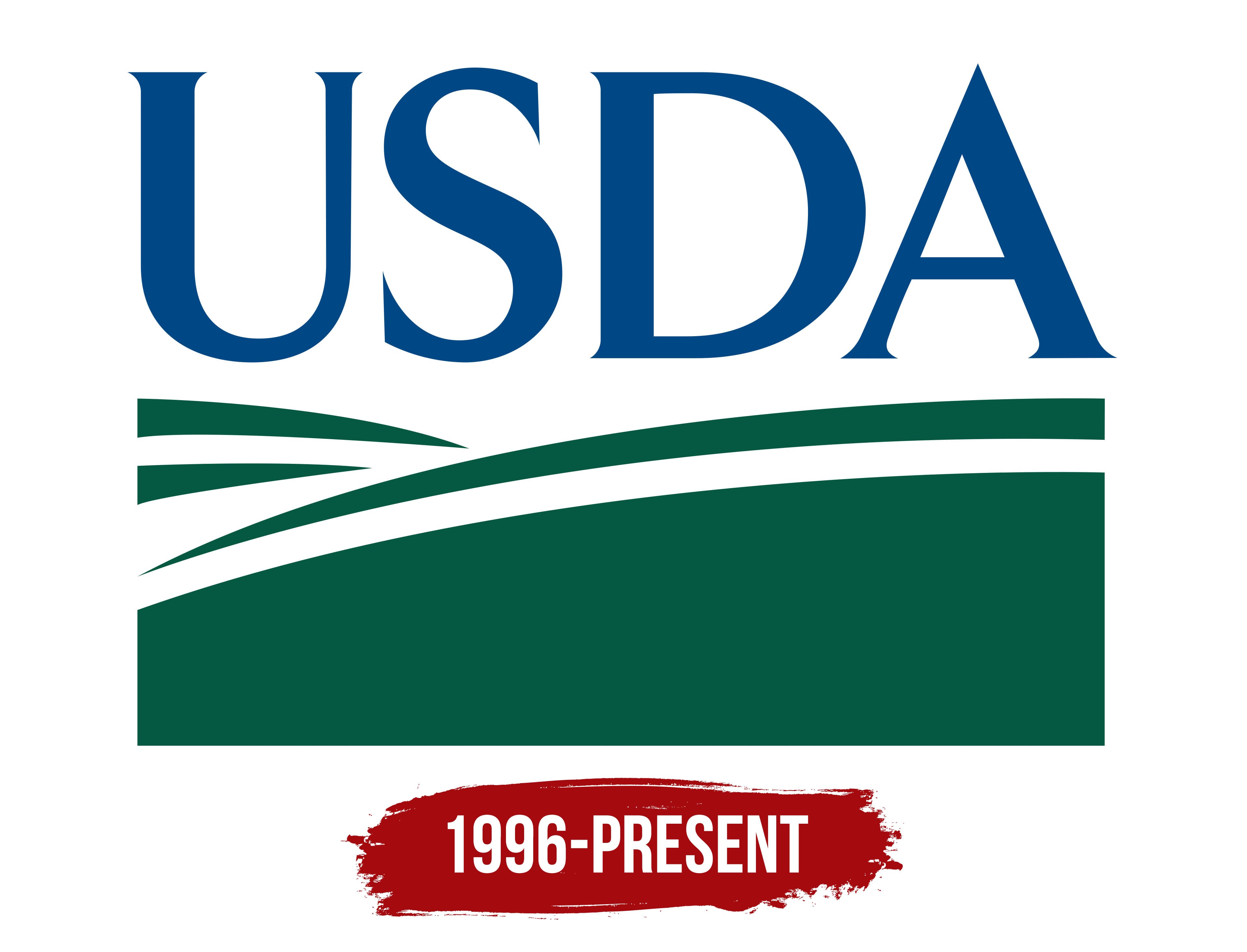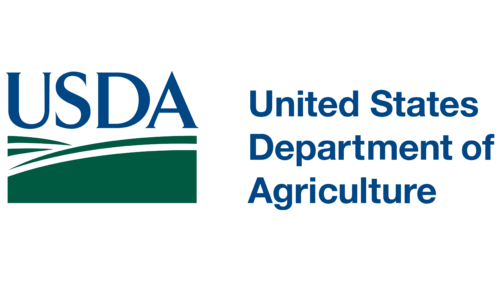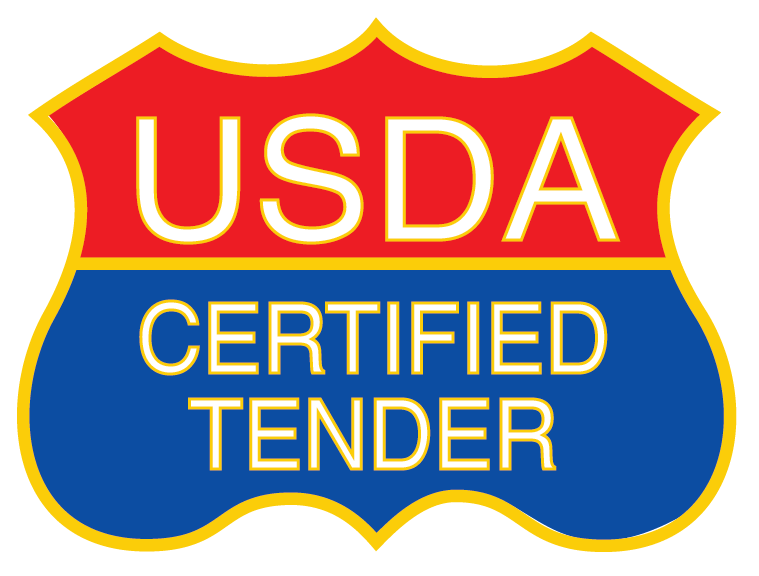What Often Carries A Usda Seal
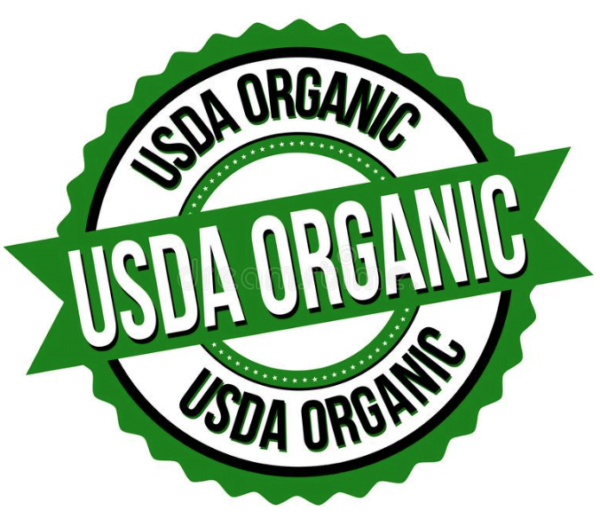
Imagine strolling through a vibrant farmers market on a sunny Saturday morning. The air is filled with the sweet scent of ripe peaches and the earthy aroma of freshly tilled soil. You see rows upon rows of colorful produce, artisanal cheeses, and handcrafted jams. As you browse, you might notice a small, circular emblem gracing many of these items: the USDA seal.
That seal, often overlooked in the hustle and bustle of daily life, carries significant weight. It's a mark of assurance, a symbol of quality, and a testament to adherence to specific standards set by the United States Department of Agriculture (USDA). This article delves into what products commonly bear the USDA seal, exploring the background and meaning behind this ubiquitous emblem.
Understanding the USDA Seal
The USDA seal isn't a one-size-fits-all label. Different seals represent different programs and standards. Understanding the nuances of each seal is crucial for consumers seeking specific qualities in their food.
The most recognizable USDA seal is likely the one associated with organic certification. This seal indicates that a product has been produced according to strict organic standards.
The Organic Seal: A Promise of Sustainable Practices
The USDA Organic seal is perhaps the most widely recognized. This coveted emblem signifies that a product has been produced using farming practices that promote ecological balance and conserve biodiversity.
According to the USDA, organic operations must demonstrate that they are protecting natural resources, conserving biodiversity, and using only approved substances. The regulations prohibit the use of synthetic fertilizers, pesticides, and genetically modified organisms (GMOs).
This seal can be found on a wide array of products, from fresh fruits and vegetables to dairy products, meats, and processed foods. When you see the USDA Organic seal, you can be reasonably confident that the product was produced in a way that minimizes environmental impact.
USDA Grades: A Measure of Quality
Beyond organic certification, the USDA also offers grading services for a variety of agricultural products. These grades are based on factors like appearance, size, shape, and freedom from defects. The presence of a USDA grade shield indicates that the product has met specific quality standards.
For example, beef is often graded as USDA Prime, USDA Choice, or USDA Select, with Prime representing the highest quality. Poultry, eggs, and dairy products also frequently bear USDA grade shields.
It's important to note that USDA grades are primarily about quality, not necessarily about production methods or environmental impact. A product can be USDA graded without being organic, and vice versa.
Common Products with the USDA Seal
Now, let's explore some specific categories of products that frequently feature the USDA seal, either in the form of organic certification or a quality grade.
Fresh produce, especially fruits and vegetables, often carry the USDA Organic seal. Look for the seal on items like apples, berries, spinach, and tomatoes to ensure they were grown without synthetic pesticides or fertilizers.
Dairy products, such as milk, cheese, and yogurt, are also common candidates for both organic certification and USDA grading. You might see the USDA Organic seal on organic milk or a USDA grade shield on a block of cheddar cheese.
Meat and poultry products are frequently graded by the USDA. As mentioned earlier, beef is graded as Prime, Choice, or Select, while poultry might be labeled with a USDA grade A, B, or C.
Processed foods, such as cereals, snacks, and canned goods, can also carry the USDA Organic seal if they meet the necessary requirements. Be sure to check the label carefully to confirm that the product is truly organic.
Why the USDA Seal Matters
The presence of a USDA seal on a product can offer several benefits to consumers. It provides assurance that the product has been produced according to specific standards, whether those standards relate to organic production or quality grading.
For consumers concerned about environmental sustainability, the USDA Organic seal offers a way to support farming practices that minimize harm to the planet. The USDA Organic seal gives consumers greater confidence in the products they are purchasing.
The USDA grading system also helps consumers make informed choices about the quality of the products they are buying. Knowing that a product has been graded by the USDA can provide peace of mind.
Beyond the Seal: Informed Consumerism
While the USDA seal can be a valuable tool for consumers, it's essential to remember that it's just one piece of the puzzle. Informed consumerism involves looking beyond the seal and doing your own research.
Consider learning more about the specific farming practices used to produce the food you eat. You can also support local farmers and producers who prioritize sustainability and quality, even if they don't have USDA certification.
Ultimately, making informed choices about food involves a combination of knowledge, awareness, and a commitment to supporting a more sustainable and equitable food system.
A Final Thought
The next time you're shopping for groceries, take a moment to notice the USDA seals on the products you're considering. Remember that these seals represent a commitment to specific standards, whether those standards relate to organic production, quality grading, or other aspects of agriculture.
By understanding the meaning behind these seals, you can make more informed choices about the food you eat and support producers who are working to create a more sustainable and responsible food system.
The USDA seal is more than just a label; it's a symbol of trust, quality, and a shared commitment to a better future for agriculture and our planet.

